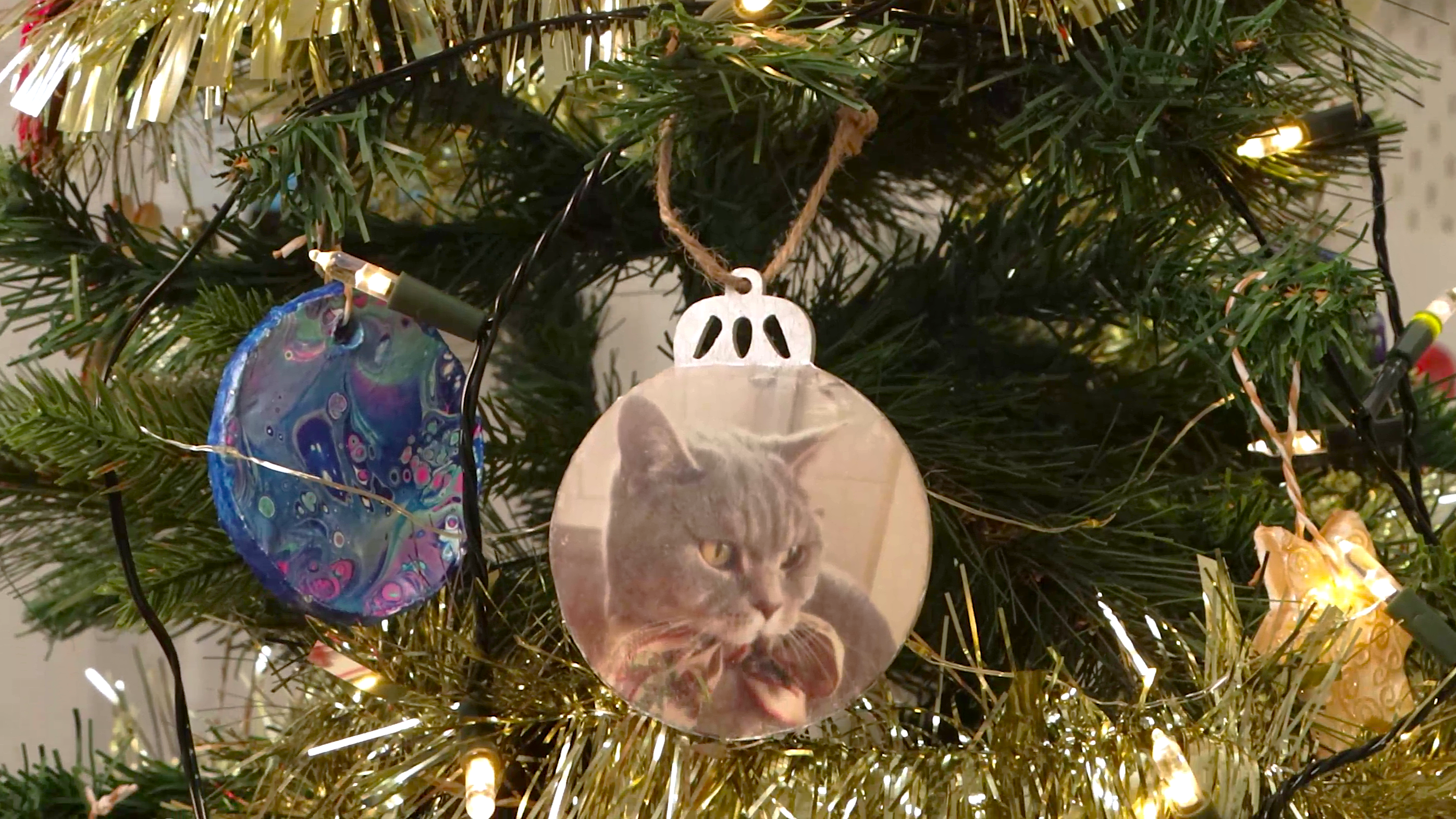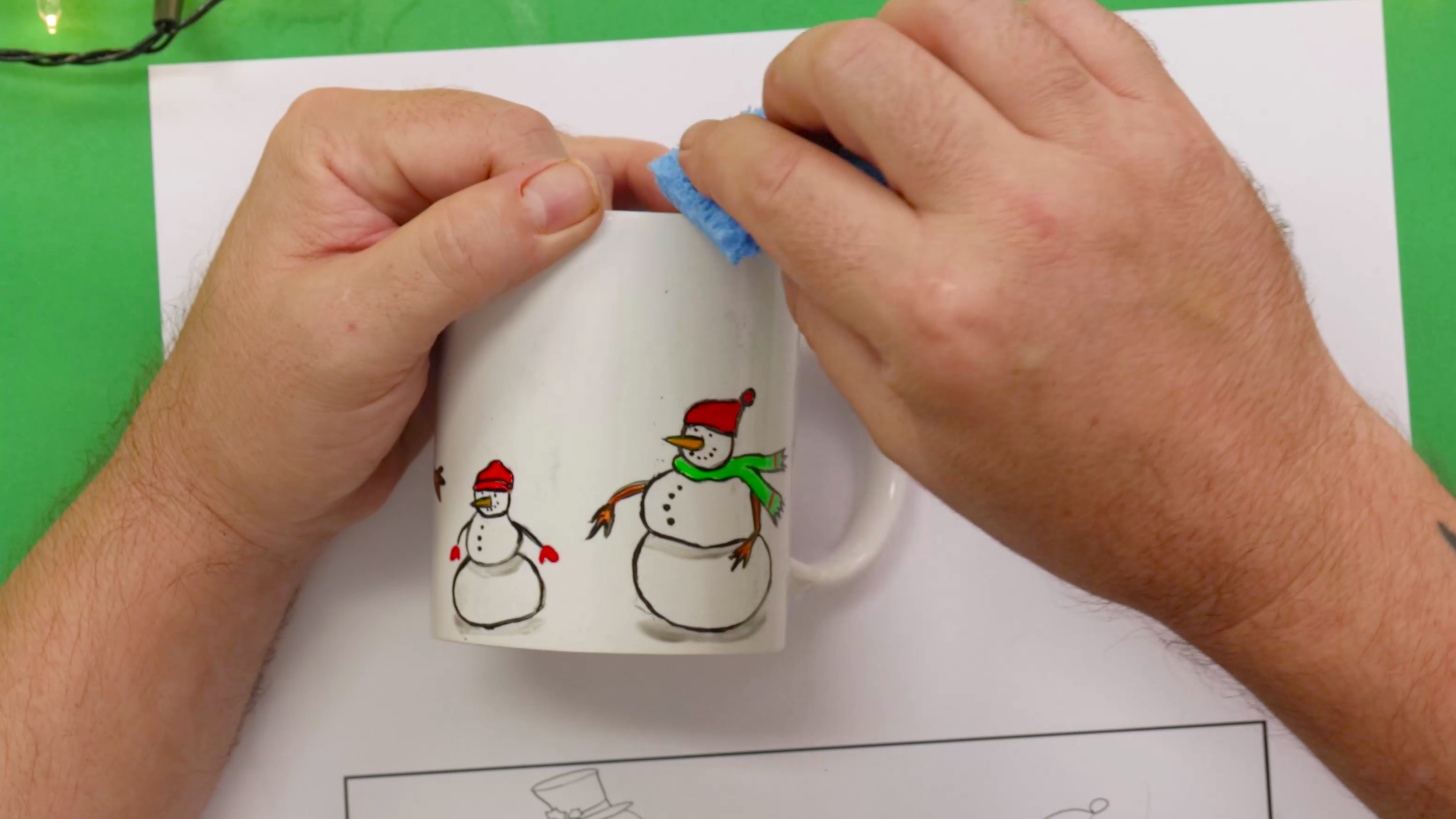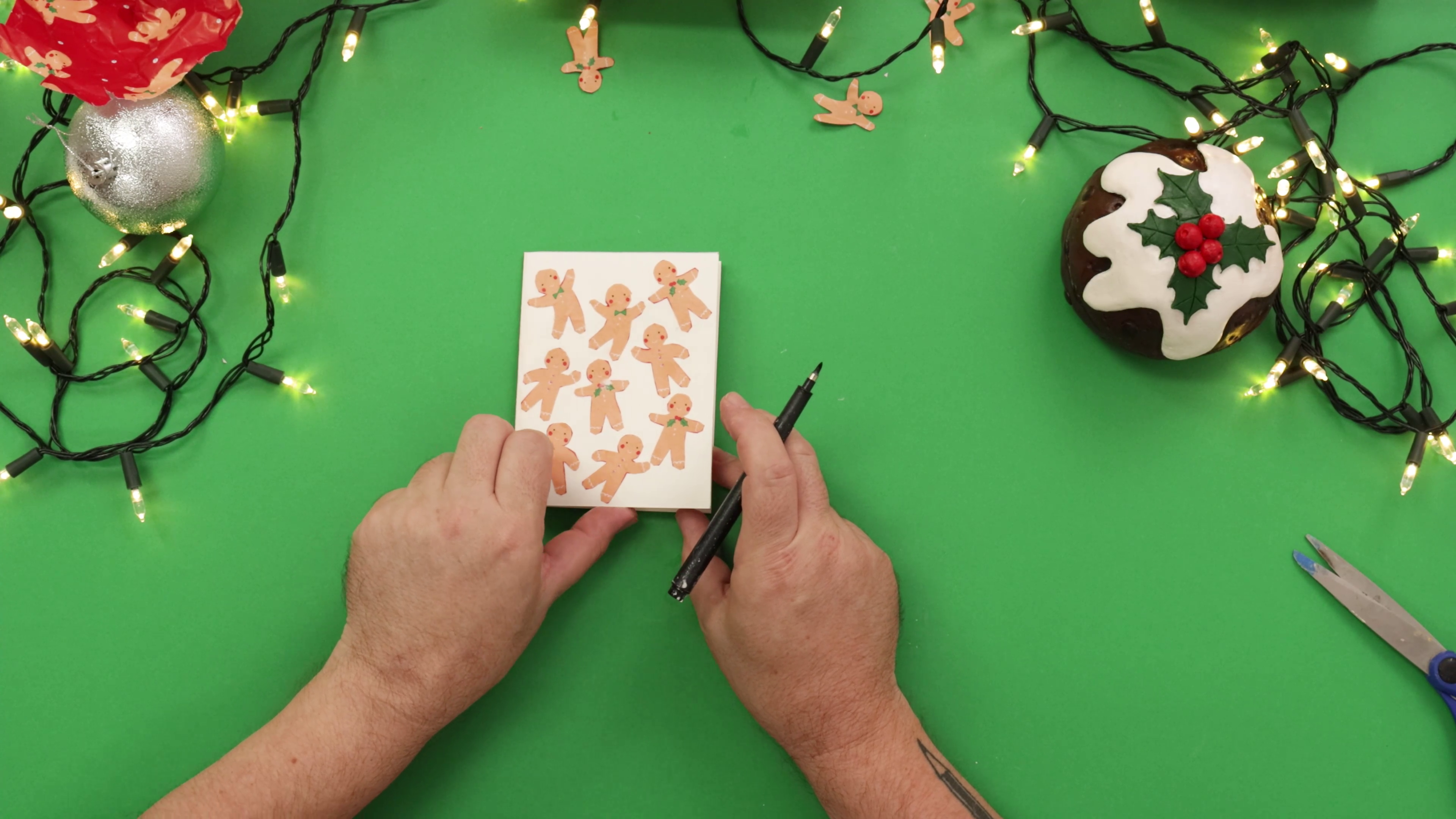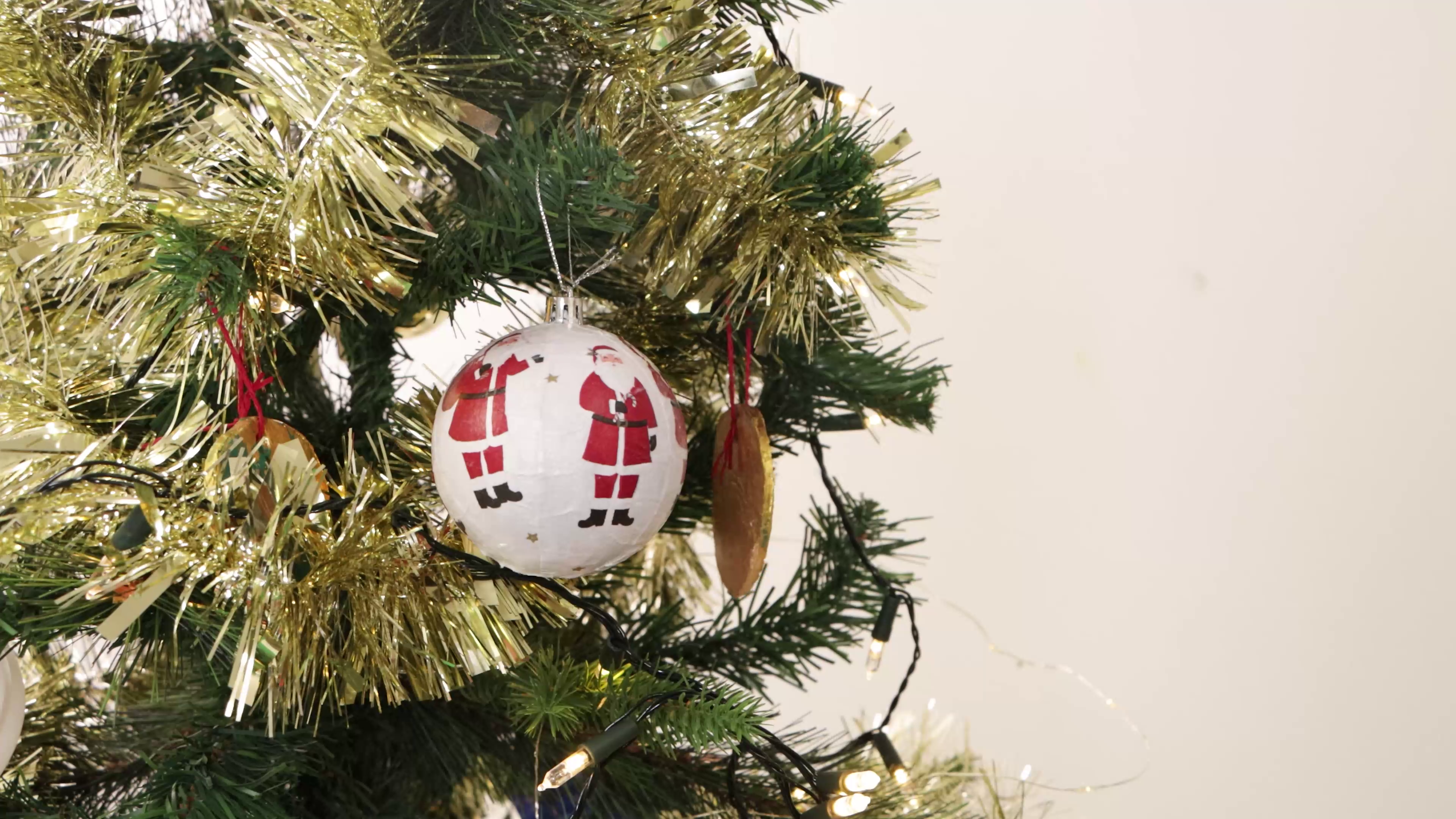Recreate a cave painting
In 1940 three French boys and their dog 'Robot" found a giant subterranean cave that was adorned with over six hundred beautiful cave paintings. These paintings featured large animals that once inhabited the region. In this lesson we recreate a few of these creatures onto a cave textured canvas, using earth tone pigments as our medium. The project is a lot of fun, a great talking piece, and ideal to create with children.
Step 1. Creating the cave wall. Pour out enough glue so the surface is entirely covered with Craft Glue. Ensure that the glue is spread right up to the edge of the canvas. Lay the canvas flat and pour dry sand over the surface. Ensure none of the canvas is visible. Let the glue dry. Once the glue is dry turn over the canvas and brush of the loose sand.
Step 2. Creating the Dun horse. Refer to the image on page 6 and transfer the outline with a stick of Willow Charcoal. Once the outline is in, lay the main colouring in with pastels. Start with Umber then Red Oxide and finish with some Orange. Use a soft clean brush to blend the colours together. The last step is to lay Ochre into the underside of the horse.
Step 3. Creating the Bull with a Black collar. Copy the outline of the bull using stick charcoal. Block in the head and neck with the charcoal. Colour the inside with Red Oxide Pastel and then add some Burnt Umber. Use a soft brush to blend the colours.
Step 4. Creating the Megaloceros. The Megaloceros was an ancient type of deer. Refer to the PDF and transfer the outline with stick charcoal. Block in the head and then add the colouring with Burnt Umber. Soften it all with a brush.
Step 5. Bull #2. Refer to the PDF and draw in the outline of the bull. Pay special attention to where the shading lies at the bottom of the bull. Block in the inside with Red Oxide and then Orange, and soften with a brush
Step 6. Painting the prehistoric Peccary. This animal is thought to be a distant relation to the modern peccary. Refer to the Image on page 6 and transfer the image in silhouette form with a Red Oxide pastel. Once you are happy with the shape you have created, use a brush dipped into water and apply this to the pastel. You will notice the powder turns into a paint. This is actually the first type of paint ever created.
Step 7. Symbols. Along with the animals painted in the caves there are also many symbols and marks. We have added a few of these on page 6 also. If you add these to your painting it will add a sense of realism. If you would like to keep the work for a while or hang it inside you will need to fix it so the pastel doesn't come away from the surface. This can be done with a spray fixative.
This project is quite messy. There is a large a mount of Glue required, sand and a fair a mount of powder created from the Charcoal and the Pastels. We recommend that precautions be taken to cover any furnishings. Alternatively, you could create the project outside.
Material List
- Willow Charcoal in Tin Signature 10pc
- Double Thick Canvas Signature 91.4 x 121.9cm (36 x 48in)
- PVA Glue Signature 1kg
- Signature Soft Pastels 36pc



































